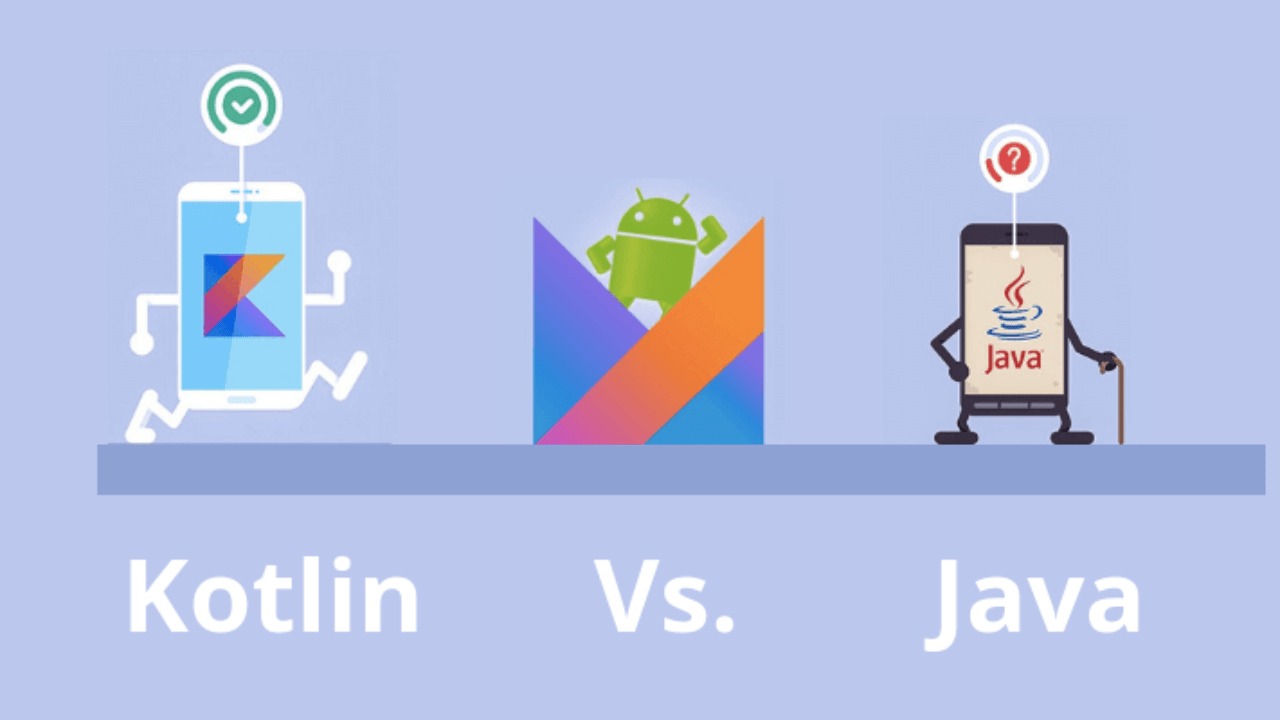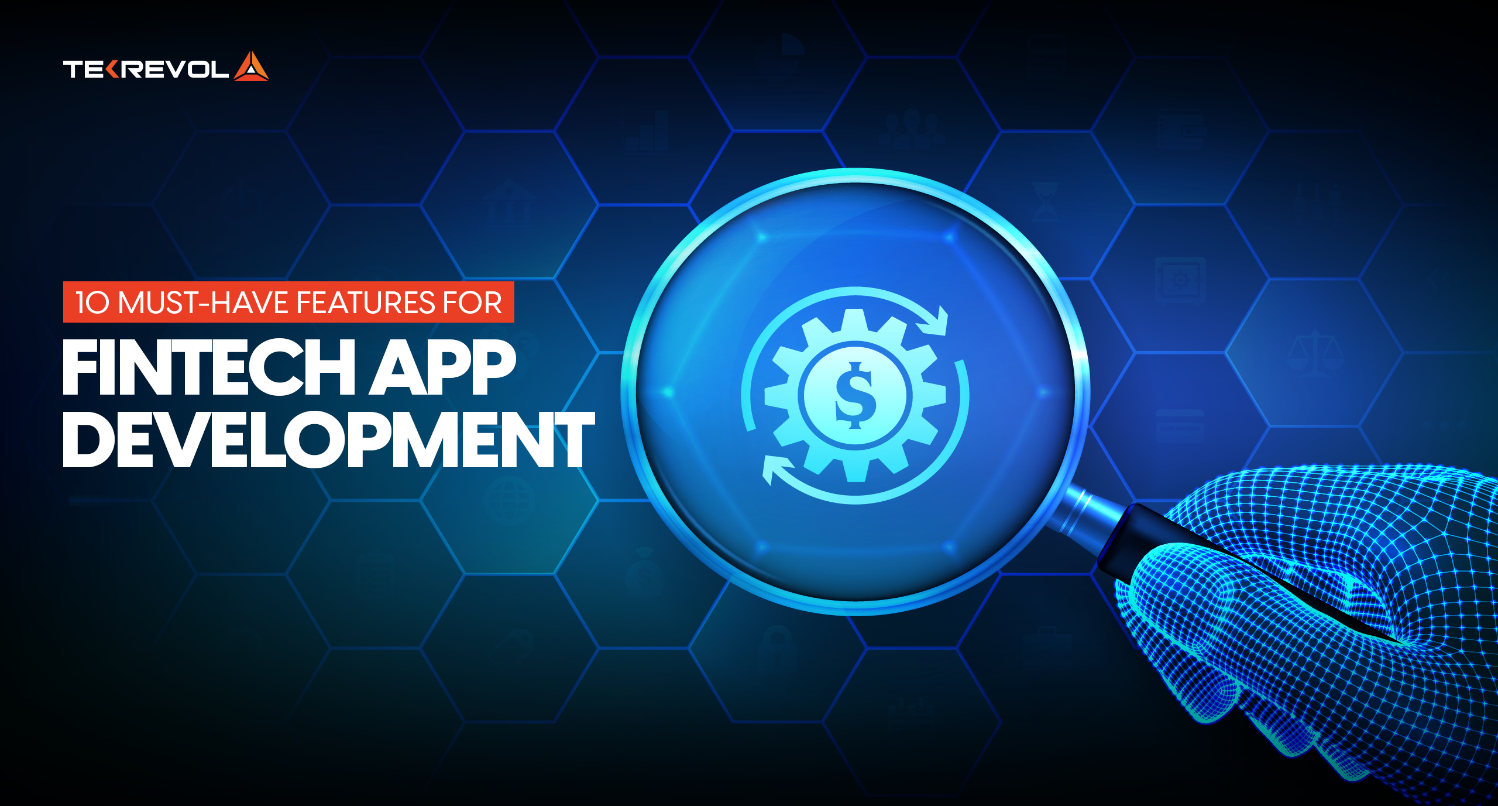Smart home systems have drastically improved the quality of personal as well as professional lives. Building onto the amount of flexibility, remote control and efficiency these smart home apps and systems bring along, their current market size is estimated to be 99.41 bn USD (Statista).
This growing demand directly fuels opportunities for smart home automation apps – a user-centric mobile solution facilitating the management of smart homes and devices. Considering the demand for these smart home automation apps, here is a detailed guide to simplify the development process for appreneurs and businesses.
This smart home app development guide includes:
- Introduction to smart home apps
- Step-by-step process of building a smart home app
- The technical architecture of smart home apps
- The business potential of smart home apps
What Is A Smart Home Manager App?
A smart home app is basically a home automation program that facilitates users in managing their domestic smart devices on the go. In simple words, users can remote control their home appliances with a smart home app.

From a technical standpoint, its API is connected to all the computing and non-computing hardware via a common Wi-Fi access point, called the hub which then exchanges information and instructions with the infrastructure.
The continual exchange of information between the technologies involved in building the smart home app dramatically increases your home’s security by giving you complete control over the machines present in your home.
Moving on, we integrated a similar technology stack to SmartID, an app designed to make organizational communication seamless, and the results were amazing.
In a nutshell, SmartID became a performance-driven application that significantly mitigated internal communication gaps and boosted productivity and efficiency.

Core functions of A Smart Home App
- Security management (embedded in alarms and door locks)
- Family, pet and plant care (video monitoring, filling food utensils)
- Temperature and light management (switching on AC and heaters)
- Power consumption (switching on and off electric bulbs)
- Waste management (clearing litter bins)

- Interested in creating a Smart Home app?
- Learn everything you need to know about the types of Smart Home apps, current market trends, technical aspects, and much more in our articles.
Types of Smart Home Automation Apps
Currently, there are 2 broad categories of smart home apps.
1. Single-purpose Smart Home App
These are limited in functionality and features, control single product or a single line of smart products.
Take example of AT&T’s Smart Home Manager. It allows users to effortlessly manage their home Wi-Fi networks. Users can choose to monitor their family’s screentime, track internet usage, and create guest Wi-Fi hotspots to maintain internal network security and privacy. It is feature-rich, available for Android and iOS (including iPhone and iPad) and is super user-centric. Though the app in itself is very comprehensive, it only works for managing home networks.
Another popular single-purpose smart home app is MyQ Garage and Access Control which lets users control garage activities like opening and closing doors on scheduled times, switching on and off lights before and after vehicles enter the garage.
2. Multi-purpose Smart Home App
Multi-purpose smart home apps have extensive functionality and high-magnitude technical infrastructure.
Samsung’s Smart Things and Apple Home App are most popular multi-purpose home automation apps. These apps work on AI and IoT-enabled embedded systems. These technical capacities help these apps control hundreds to thousands of sensors simultaneously.

How to Make A Smart Home App
Here is a quick rundown of the steps involved in the smart home app development process:
- Choose the type of smart home app you want to develop.
- Create development strategy.
- Decide app features you want to add.
- Complete technical specifications.
- Test the app and deploy.
After the brief, here is a detailed breakdown of the 5-step process:
1. Choose A Type of Smart Home App
Single-purpose smart home apps are limited in scope, their development process is economic and less time-consuming. This is a great option for early appreneurs who want to test the waters and assess how their apps work in the market before developing a complex, expensive product.
Multi-purpose smart home apps are rich in features, serve multiple home automation purposes at a time, and self-learn from user’s past behavior. These smart home apps are expensive to build and of course take around 8 – 15 months in development.
From business point of view, multi-purpose home automation apps generate more revenue than single-purpose apps because users are more loyal to applications that allow them to perform multiple tasks in one interface.
As an appreneur, you’ll have to decide which solution you’d like to build and sell before starting with technical development.
2. Create A Development Strategy
A rough development strategy gives startup appreneurs as well as businesses different financial and technical perspectives and serves as a primary roadmap on which they can base the complete development project.
Here are 5 factors that you must cover in your smart home app development strategy document:
- Smartphone device
- Goals behind app development
- Technology stack (discussed in detail with the technical architecture)
- App development cost and monetization model
- Development milestones and timelines
Development approach is ideally documented by an app development company that is responsible for managing the project, though, I still suggest users to do their homework before they approach an app developer.
3. Decide features you want to add to your smart home app
The number of features does vary depending on the no. of functions an app is supposed to perform. Whether you opt for single-purpose or multi-purpose app development, here are 5 must-haves:
- User registration
- New device registration
- Analytics dashboard
- Push notifications
In addition to features, you’ll also have to decide on different screens or panels for different functions. For example, your app will have to divide segments or devices for different rooms, different device categories or different ranges.
4. Complete technical specifications.
Technical development usually starts after app design: wireframing and prototyping. Once you are satisfied with the prototype of your app, you can choose to develop an MVP or a fully-functional application with 5 or more features.
During the technical development, you’ll have to draft instructions for the IoT infrastructure. These instructions form the programs on What-If logic.
For example:
- Detect the temperature of the room at 8:00 am, 4:00 pm and 8:00 pm.
- If the temperature is between 30° – 30°, switch the AC on.
- If the temperature is between above 35°, switch the plant showers on for 3 minutes.
- Send a message on abc number when xyz activity happens on the back door.
Here are 4 important aspects you need to take care of during the development phase:
- Provide at least basic Bluetooth connectivity for situations like weak or zero Wi-Fi access.
- Allow multiple user panels and family profiles.
- The hub should be able to connect to sensors and actuators from different manufacturer lines.
- Provide end-to-end encryption for security of private network and device data.
Once the basic code of the program, customized instructions and associated technical architecture are ready, connect the app via APIs to the central hub.
5. Test and deploy the app.
Before releasing the smart home app in the market, it is ideal to get it tested by third-party agencies and real users. If a full-stack mobile app development company has completed your development project, app testing and debugging must be a part of their services.
if not, you can either outsource your app testing and debugging task, or ask testing groups in your community networks to assess the quality of your newly developed smart home app.
Here are 3 conventional benchmarks you need to follow during the testing phase:
- App security: activities like penetration testing can help you assess the data retention standards of the app. Security is a sensitive issue with IoT-based applications because the APIs constantly exchange and process the domestic data. This data consists of home network’s usage (personal browsing histories), pin codes of door locks, alarms etc.
- App performance: check the app for connectivity, speed and error-free functionality. Document issues like app crashing, issues with log in and log out and performance of user profiles.
- Accuracy of data and push notifications: the overall home automation system depends on the accuracy and timely exchange of data. Test whether the system exchanges accurate data with the preset devices on the scheduled timelines.

Building A Smart Home App: Technical Architecture
Smart home apps have advanced functionality and complicated development infrastructure. While the coding in back-end, front-end and API layers is almost similar to conventional applications, smart home’s development architecture has additional integrations with these three elements.
Hub
Hub acts as the nerve center in the home automation system. It is directly connected to the APIs and server-side of the app, connects different hardware devices on one access point and controls communication (instructions) between them.
Sensors
Sensors are small hardware devices that detect environmental conditions like weather and sunlight. When users feed instructions into the hub, for example, close window blinds before rain, the sensors send environmental conditions to the hub and the hub ensures the response performance of connected devices.
Actuators
Actuators are the smart devices: home appliances that work on Internet of Things principles. When hub receives information from sensors, the hub passes on instructions to these actuators.

Smart Home App Development: Technology Stack
Your choice of technology stack solely depends on the device you are developing your app for.
Popular options are Android and iOS, but the demand for cross platform app development is also growing. Choosing either of this necessitates using a particular stack, which usually includes:
- A programming language e.g., Java for Android, Objective-C for iOS and Flutter for cross platform apps.
- Custom Software development kits like Android SDK or iOS SDK
- Database and cloud storage like Amazon Web Services
- Developer’s account on respective app stores
- Wireless protocols for data exchange e.g., Zigbee or Z-Wave
- AI and machine learning tools like IBM Watson, Microsoft Azure IoT Suite

Source: Zigbee

Business Potential Of Smart Home Apps
The Purchasing Power of Users
Consumers will spend 170 bn USD on smart home products and services. At that time, 400 million households will have smart homes (Statista). All these homes (and their members) switching to smart devices and services will need one-stop smart home manager applications to make the control process easier.
Statista, in one of its 2018 reports revealed, Smart Home Technology Is Poised for Blockbuster Growth. In 2021, the market size is 99.4 bn USD with 258 million households.
Another report from Statista now suggests that:
- By 2025, almost 497 active households will have smart homes – which is almost double the number in 2021.
- Household smart home penetration will be 12.3% by the end of 2021 and 21.9% by the end of 2025.
Considering this, these smart home appreneurs have a huge chance to make tons of money via their mobile solutions. That’s because the same report suggests that the total revenue of the market, devices and services included, will be 262 bn USD in 2025.
Apps like Google Home, Alexa, Samsung’s Smart Things are also available for different devices, the market still has a gap for multi-purpose, cross-platform applications that will protect their private data, and not process that data for advertisements.

Over To You…
Smart home managers have a ready market for appreneurs and the trend will not settle anytime soon. We already have the growth figures of 2025 – which means entering the market in early 2022 is more than lucrative.
While profitable on the surface, the smart home app development market is also a tricky one, in terms of technical specifications and data security.
With leading app developers who know too much about emerging technologies and create impactable digital products, you can get battle-tested apps to get you the competitive advantage you deserve!
Our advisory and technical teams will be more than happy to walk you through the process. Click the button below to book a detailed consultancy call with experts!
Got an app idea?
- Interested in creating a Smart Home app?
- Learn everything you need to know about the types of Smart Home apps, current market trends, technical aspects, and much more in our articles.










